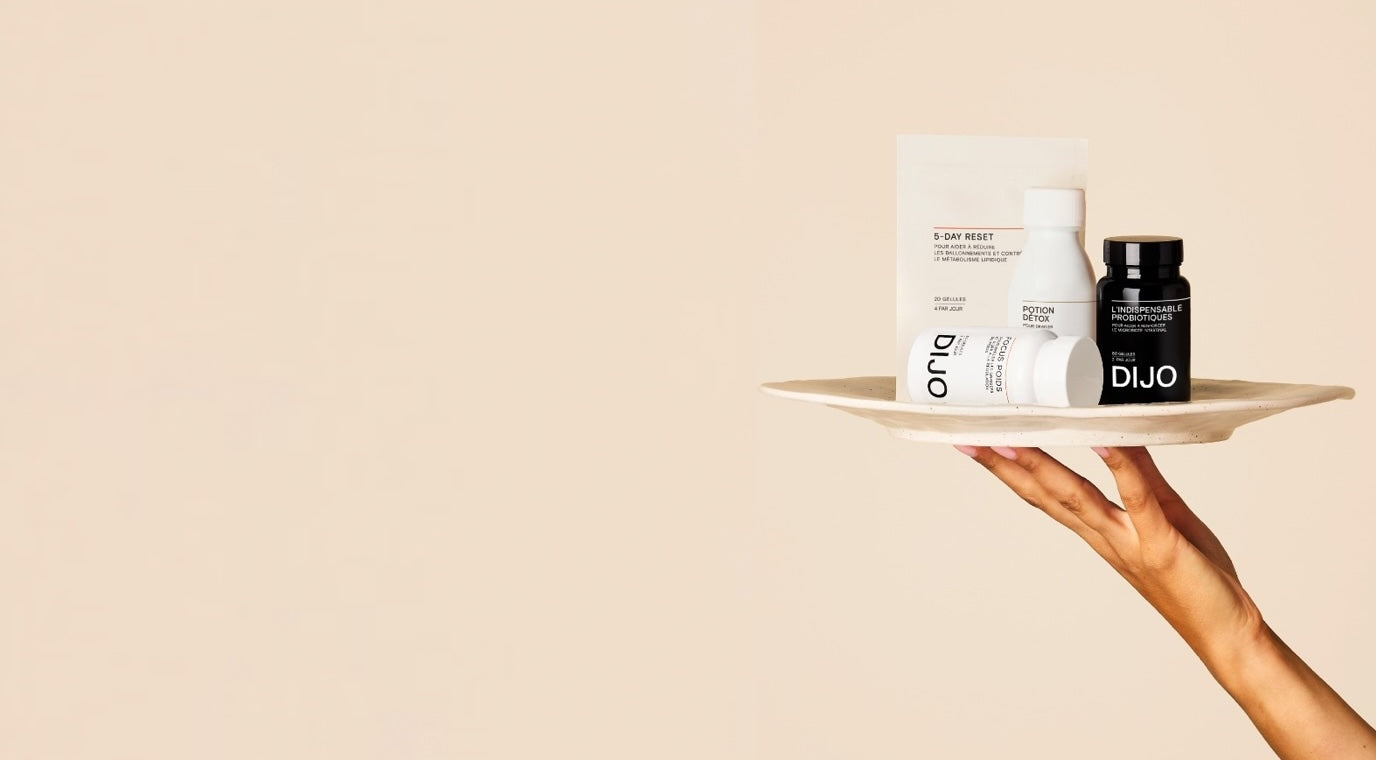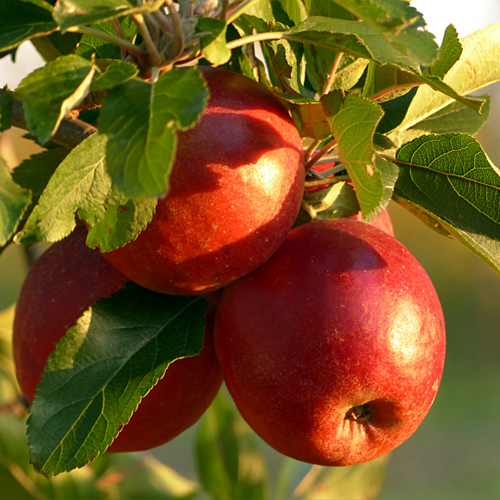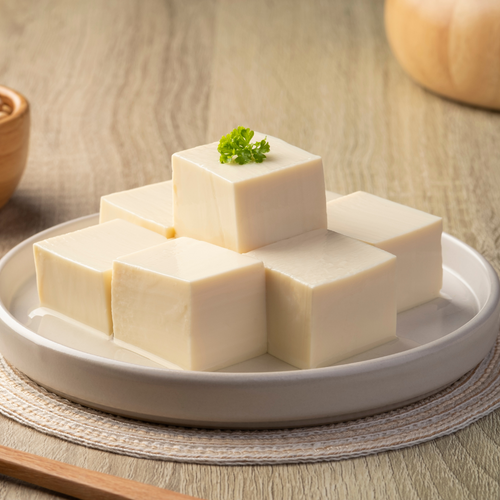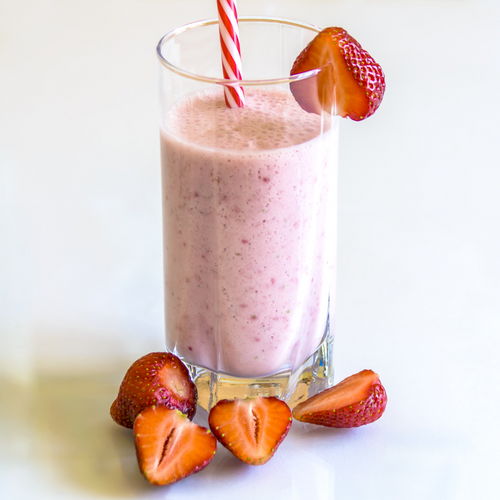What you need to remember:
- Vitamin C performs various important functions within our body.
- This vitamin cannot be stored and produced by our body, which is why it is essential to eat foods that contain it.
- Vitamin C intake requirements are higher in pregnant women, people over 75 and smokers.
- Vitamin C requires caution because it is very sensitive.
- Vitamin C is found mainly in fresh fruits and vegetables.
What are the properties of vitamin C?
Vitamin C , or ascorbic acid, is one of the most essential vitamins for our body and is essential for us to stay healthy. This vitamin is said to be water-soluble , meaning that it has the ability to mix with water, unlike other vitamins.
This vitamin cannot be produced or stored in our body. That is why it is essential to consume foods that contain it.
It is the most fragile and sensitive of all vitamins, because it changes with heat, air and light. Therefore, we are going to give you some tips to preserve this vitamin.
How to preserve vitamin C in food?
To preserve vitamin C and retain as many of its benefits as possible, we advise you to:
- Store your vegetables away from heat, light and air.
- Wash your whole vegetables, avoiding soaking them.
- Opt for organic fruits and vegetables to avoid peeling them. If this is not possible, we advise you to peel them as finely as possible.
- Eat a raw vegetable with every meal.
- Cut and prepare your fruits and vegetables just before eating them, to avoid oxidation of vitamin C.
- Cook your vegetables in a minimum of water and time, away from air and light. We recommend steaming and covering.
- Limit reheating your fruits and vegetables.
What are the benefits and needs of vitamin C?
Vitamin C has several benefits:
- It consolidates the collagen fibers which support the cells and tissues of our body.
- Vitamin C is involved in the production of catecholamines (noradrenaline, dopamine, adrenaline), molecules involved in nerve transmission. These hormones will influence behaviors and moods.
- Vitamin C is known for its strong antioxidant power. It fights premature aging of cells in the event of excessive production of free radicals, molecules involved in various biological processes.
- This vitamin helps maintain the immune system by acting beneficially on white blood cells and antibodies. It therefore helps fight infections.
- Vitamin C facilitates the absorption of so-called “non-heme” iron, that is, iron from plant-based foods such as legumes, oilseeds, cereals and green leafy vegetables. This is why it has the benefit of fighting iron deficiencies and anemia.
The nutritional references for the population (nutritional requirements for vitamin C) are:
- 110 mg/day for adult men and women
- 120 mg/day for pregnant women and people aged 75 years or older
Vitamin C requirements are higher in smokers because vitamin C is used to neutralize certain chemicals produced when tobacco is burned. For smokers, the recommended intake of vitamin C is 200 to 250 mg/day , and increases further in cases of infection .
Our TOP 10 foods rich in vitamin C that will give you energy:
Vitamin C is found mostly in fresh fruits and vegetables . When these foods are exposed to air, light or heat, their vitamin C content decreases.
#1 - Acerola

This small yellow-red berry, native to South America and resembling a cherry, is THE essential fruit if you want to boost your vitamin C intake. It is also classified as a “superfruit”. Acerola contains an exceptional vitamin C content, but is also rich in other nutrients such as proteins, carotenes, thiamine, riboflavin, niacin, calcium and phosphorus.
The vitamin C content is 2,850 mg per 100g of fruit. A 60g portion of this fruit therefore provides 1767 mg of vitamin C.
Due to all these nutrients, this fruit is often found in pharmacies in the food supplement section, to effectively fight against all infections in winter.
#2 - Guava

Guava, or “sand plum” for the Aztecs, also has a high vitamin C content. This tropical fruit contains 4 to 5 times more ascorbic acid than an orange.
It also has significant levels of vitamins A and B, and iron, phosphorus and calcium.
The vitamin C content is 228 mg per 100g of fruit.
A 90 g serving of guava contains 205 mg of vitamin C.
#3 - Blackcurrant

This small berry is particularly acidic due to its high vitamin C content. This small fruit is also rich in iron, potassium and has interesting quantities of calcium, magnesium, zinc and copper.
The vitamin C content is 181 mg per 100g of fruit.
A 60 g portion of this fruit therefore provides 108.6 mg of vitamin C.
#4 - Peppers

The top number 1 of this star vegetable rich in vitamin C remains the raw yellow pepper, followed by the red and finally the green.
The vitamin C content is 155 mg on average per 100g of yellow, red or green pepper.
A 60 g portion of this vegetable, or ½ pepper, therefore provides 93 mg of vitamin C.
#5 - Kale

This vegetable, also called “kale” and belonging to the cruciferous family, is to be favored in your diet if you want to stock up on vitamin C. It is an antioxidant par excellence, because in addition to vitamin C, it contains vitamin E and beta-carotene.
The vitamin C content is 155 mg on average per 100g of kale.
A 140 g portion of this vegetable therefore provides 203 mg of vitamin C.
#6 - Broccoli

Much like kale, broccoli is also a cruciferous vegetable, containing lots of vitamin C.
The vitamin C content is 106 mg on average per 100g of raw broccoli.
A 200 g portion of this vegetable therefore provides 212 mg of vitamin C.
#7 - The kiwi

This fruit originates from China, hence its other name of “Chinese gooseberry”, allowing you to stock up on vitamin C all year round.
The vitamin C content is 92.7 mg per 100g of fruit.
Consuming 2 kiwis per day therefore provides an average of 185.4 mg of vitamin C.
#8 - Citrus fruits

Contrary to popular belief, citrus fruits are not the foods richest in vitamin C, but they are still worth talking about.
In fact, in winter we advise you to stock up on clementines and mandarins, because they are practical to eat and give a great boost.
The vitamin C content of citrus fruits is on average around 81 mg per 100g of lemon, grapefruit or orange.
Consuming ½ grapefruit provides 122 mg of vitamin C on average.
Eating a whole orange provides 114 mg of vitamin C.
#9 - Strawberries

This fruit with its many varieties is also a superfood for stocking up on vitamin C in spring and summer.
The vitamin C content is 67 mg on average per 100g of kale.
A 150 g portion of this vegetable therefore provides 101 mg of vitamin C.
#10 - Fresh aromatic herbs

Fresh aromatic herbs, especially flat-leaf parsley, are full of vitamin C. So, we advise you not to hesitate to add parsley, thyme, dill, etc. to your dishes.
In 100g of flat-leaf parsley, we find on average 177 mg of vitamin C.
A bunch of parsley contains about 89 mg of vitamin C.
How to strengthen your immune system with DIJO food supplements?
At DIJO, we have developed the Indispensable probiotics and the Immunity boost , 2 essential products to strengthen your immune system and counter chronic fatigue . Thanks to this pack, you will be able to regain immunity, energy and vitality, because in addition to flavonoids with prebiotic effect and probiotics, it contains active ingredients such as plants, minerals and vitamins including vitamin C. In addition, opting for the Vitamin Complex which also contains vitamin C helps reduce fatigue and strengthen body functions.
Sources:
[1] Malegori, C., Grassi, S., Marques, EJN, De Freitas, ST, & Casiraghi, E. (2016). Vitamin C distribution in acerola fruit by near infrared hyperspectral imaging. Journal Of Spectral Imaging . https://doi.org/10.1255/jsi.2016.a6[2] Le Bourdelles, J., & Estanove, P. (1967). Guava in the Antilles. Fruits , 22 (9), 397-412.
[3] Łukawski, M., Dałek, P., Borowik, T., Foryś, A., Langner, M., Witkiewicz, W., & Przybyło, M. (2020). New oral liposomal vitamin C formulation: Properties and bioavailability. Journal of liposome research , 30 (3), 227-234.
[4] Singh, J., Upadhyay, A., Bahadur, A., Singh, B., Singh, K., & Rai, M. (2006). Antioxidant phytochemicals in cabbage (Brassica oleracea L. var. capitata). Scientia Horticulturae , 108 (3), 233-237. https://doi.org/10.1016/j.scienta.2006.01.017











